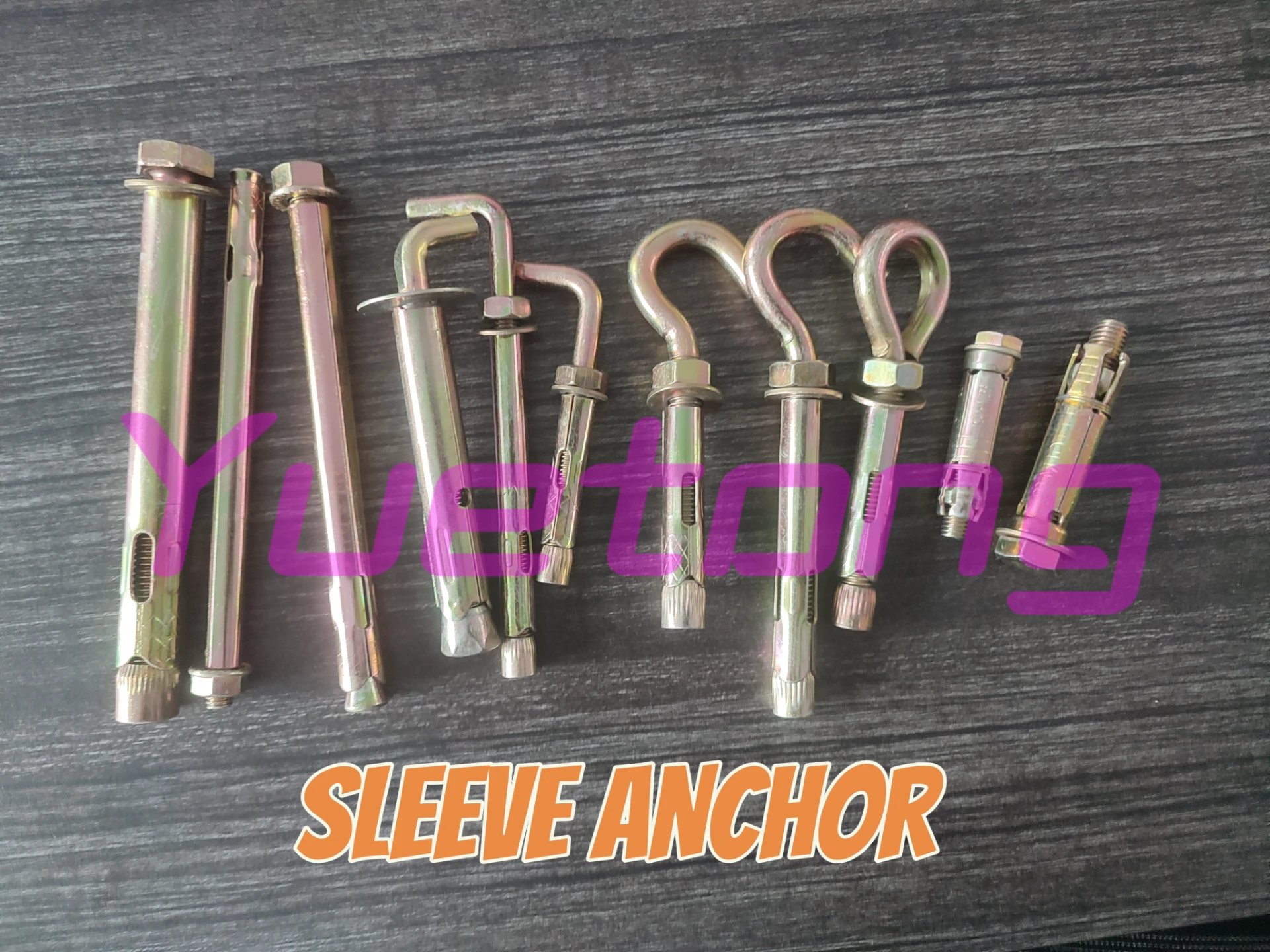Nov . 17, 2024 20:45 Back to list
Understanding the Uses and Benefits of Carriage Bolts in Construction and DIY Projects
Understanding Carriage Bolts A Comprehensive Guide
Carriage bolts are a unique type of fastener commonly used in various construction and woodworking projects. Characterized by their rounded heads and square necks, these bolts are designed to be used in conjunction with a nut or a pre-drilled hole, providing strong and reliable connections in a myriad of applications. This article will delve into the definition, features, uses, and installation methods associated with carriage bolts.
What are Carriage Bolts?
Carriage bolts are a type of fastener featuring a distinctive design. The head is often dome-shaped, which makes it aesthetically pleasing for visible applications. Below the head, there is a square neck that prevents the bolt from turning when a nut is tightened. This design feature offers an added advantage no split washer is typically needed to secure the joint, making it easier to work with in many instances. Commonly, these bolts are manufactured from various materials including steel, stainless steel, and galvanized steel, which enhances their durability and resistance to corrosion.
Features of Carriage Bolts
1. Head Design The rounded or dome-shaped head provides a smooth finish that can be visually appealing, making carriage bolts suitable for exposed applications. 2. Square Neck The square neck is a defining characteristic, preventing the bolt from turning and providing a secure fit when placed into a pre-drilled hole.
3. Threading Carriage bolts typically feature unified coarse threads along their shaft, allowing for easier installation and providing a strong grip.
4. Material Options Carriage bolts can be made from different materials, enabling them to withstand various environmental conditions. For instance, stainless steel carriage bolts offer excellent resistance against rust and corrosion, making them ideal for outdoor use.
Applications of Carriage Bolts
Carriage bolts are utilized in a multitude of construction and woodworking projects. They are frequently seen in
carriage bolts

- Furniture Assembly Due to their aesthetic appeal and strength, carriage bolts are often used in assembling wooden furniture, such as picnic tables and benches. - Wooden Structures Carriage bolts are commonly employed in constructing wooden structures like decks or large planters, ensuring that the connections are robust and durable.
- Metal Fabrication These bolts can also be found in metal applications, where their ease of installation and strong hold make them a favorite among fabricators.
Installation of Carriage Bolts
Installing carriage bolts is a straightforward process, but certain steps should be followed to ensure effectiveness
1. Preparation Start by drilling a hole in the intended materials that is slightly larger than the diameter of the carriage bolt. This allows for easy insertion and accommodation of the square neck.
2. Insertion Place the square neck of the carriage bolt into the hole. The shape of the neck will prevent the bolt from turning during the tightening process.
3. Securing Once the bolt is in place, secure it by placing a washer and a nut on the exposed end of the bolt. Tighten the nut until the connection is firm but be careful not to over-tighten, as this could cause damage to the materials.
4. Finishing Touches If desired, a cap or cover can be applied to the head of the bolt for aesthetics and additional protection.
Conclusion
Carriage bolts play a significant role in the realm of fasteners, offering strength, ease of use, and aesthetic appeal. Understanding their features, applications, and installation techniques can aid in making informed decisions for any project involving these versatile fasteners. Whether in furniture making or structural applications, carriage bolts prove to be an invaluable addition to the toolkit of builders and DIY enthusiasts alike.
-
Sleeve Anchor Innovations that HEBEI YUETONG FASTENERS' Engineering Excellence
NewsAug.22,2025
-
Screw 's Precision Engineering for Global Industries
NewsAug.22,2025
-
Hexagon Nut that High-Quality Fasteners from HEBEI YUETONG
NewsAug.22,2025
-
Clamp that High-Quality Fastening Solutions from HEBEI YUETONG
NewsAug.22,2025
-
Bolt that Reliable Fasteners from HEBEI YUETONG
NewsAug.22,2025
-
Anchor Bolt that Premium Fasteners for Secure and Durable Installations
NewsAug.22,2025


